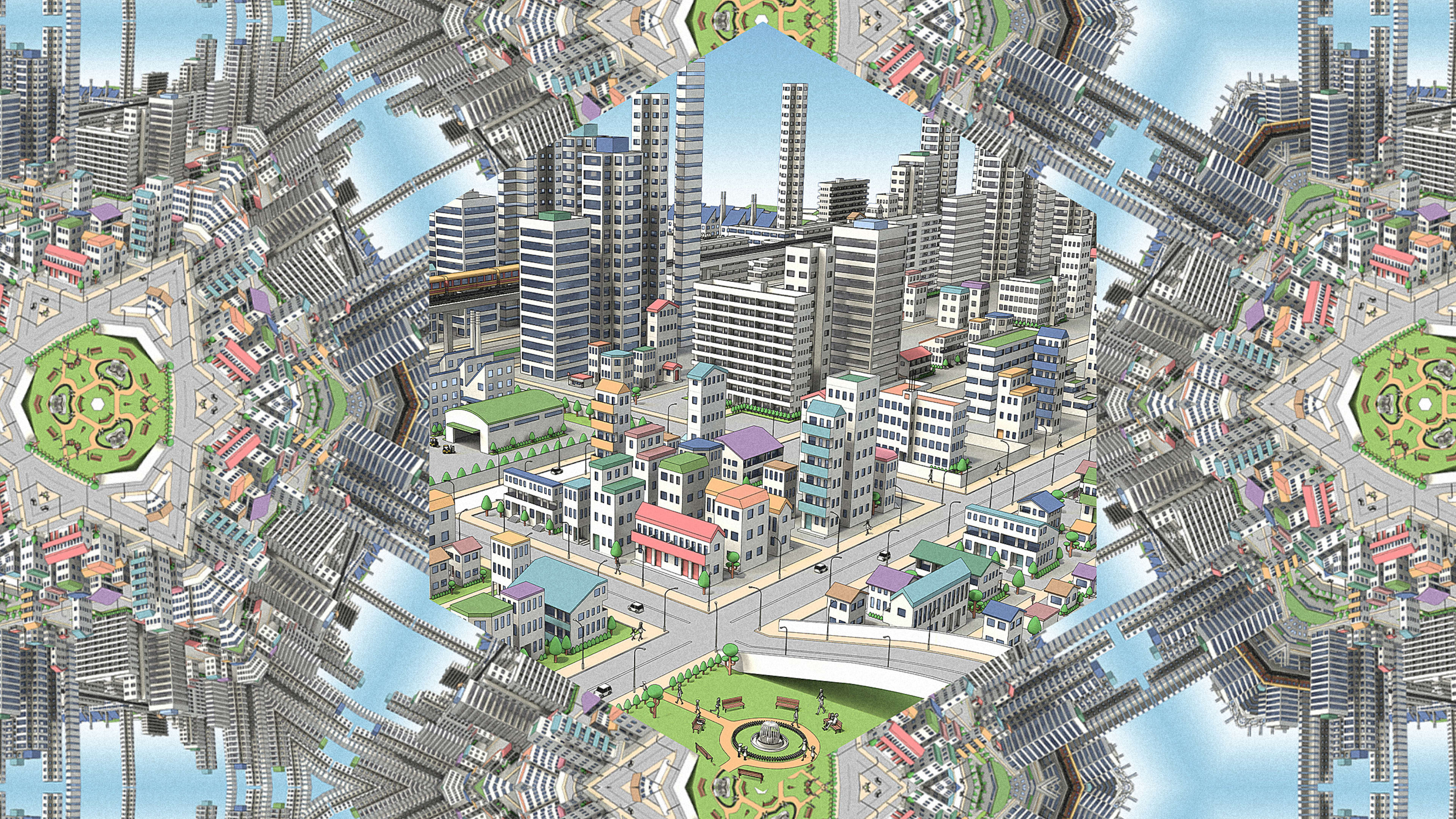In a “15-minute city,” it’s possible to meet your basic needs within a 15-minute walk or bike ride. Instead of sitting in traffic during a rush-hour commute, you can work at home or walk to an office nearby. You can walk to get groceries, go to the doctor, take your kids to school, or run any other everyday errand. Housing is affordable, so a barista could live in a walkable neighborhood as easily as a lawyer. It’s a concept championed by the mayor of Paris and, more recently, pitched by a global network of cities as a tool for helping urban areas recover from the pandemic—and improve sustainability and health as people start to get more exercise while conducting their day-to-day activities.
In the U.S., car-dependent sprawl is more common. But a new tool lets you map out local services to see how close your neighborhood comes to the ideal.
“The global pandemic has highlighted the importance of location and proximity,” says Jordan Stark, a spokesperson for Here Technologies, the location data platform that created the map. The company typically creates maps for businesses, such as delivery companies that need to route vehicles, and built the new tool to demonstrate how developers could work with its data. While the current version maps out amenities like grocery stores, transit stops, and medical care—along the lines of Walkscore, another tool—the company says it might later create an iteration that considers how far residents might have to travel to get to an office.
The map also shows how many services can be accessed by car from an address. “We wanted to show, especially in the U.S., the contrast in the accessibility between walking and driving,” Stark says. “And as you can imagine, there are a number of communities where you have all of your essential items within a 15-minute drive, but potentially less than one essential location in a walk. So it was a way to show that contrast in spatial makeup.”
While pockets of American cities are walkable now—the map tells me that my own neighborhood in Oakland qualifies as a “15-minute city”—it’s possible that more neighborhoods will move in this direction as cities begin to use it as a framework for urban planning. Seattle’s Office of Planning and Community Development is one of the latest to say that it is exploring the concept of 15-minute neighborhoods.
Recognize your brand’s excellence by applying to this year’s Brands That Matter Awards before the early-rate deadline, May 3.
